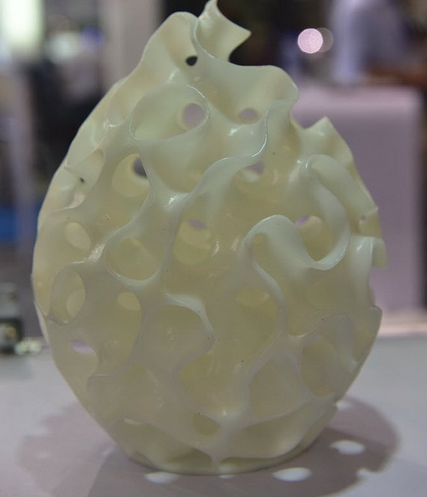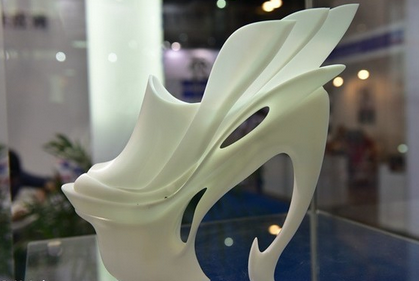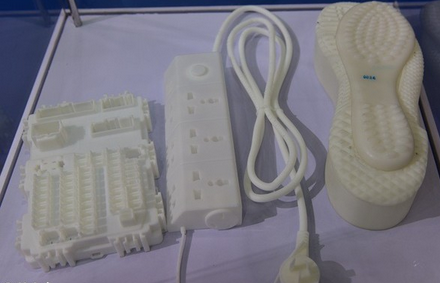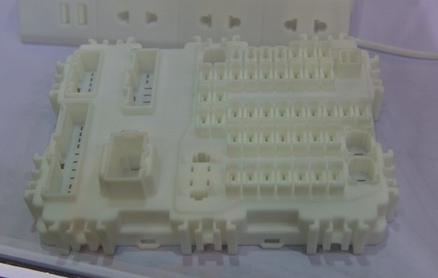First, the introduction
Laser photocuring (also known as "photosensitive resin selective curing") is a process using Stereolithography, SLA for short. It is the earliest rapid prototyping technology .
Second, SLA laser light curing process
The resin bath is filled with a liquid photosensitive resin which cures rapidly under the irradiation of an ultraviolet laser beam. At the beginning of the forming process, the lifting and lowering table is at a height of a section thickness below the liquid level, and the focused laser beam is scanned along the liquid surface according to the requirements of the cross-sectional profile under the control of the computer to make the scanned area The resin is cured to obtain a resin sheet of the cross-sectional profile. Then, the workbench is lowered by the height of the sheet, and the cured resin sheet is covered with a new layer of liquid resin for a second layer of laser scanning curing, and the newly cured layer is firmly bonded to the front layer. This is repeated until the entire product is formed. Finally, the lifting table rises out of the surface of the liquid resin, and the workpiece is taken out for cleaning, removal of support, secondary curing, and surface smoothing treatment.
Third, the advantages of SLA laser light curing process
1, the surface quality is better; 2, the molding accuracy is higher, the accuracy reaches 25 microns; 3, the system resolution is higher; 4, the molding method has nothing to do with the complexity of the structure.
Fourth, the application area
SLA laser light curing rapid prototyping technology is suitable for the production of small and medium-sized workpieces, and can directly obtain products of resin or similar engineering plastics. It is mainly used for prototyping of conceptual models, or for simple assembly inspection and process planning. Because SLA is not related to structural complexity, SLA is more suitable for some complex electronic products, such as computers and peripheral products. Audio, camera, mobile phone, MP3, handheld computer, video camera, etc. And some complex home appliances, such as electric irons, hair dryers, vacuum cleaners, etc.
Fifth, post processing
After the uncured resin is removed, the prototype is fully post cured. Because of the layered processing, the surface of the model has a step pattern. Surface blasting removes the step and gives a better surface quality. The forming direction has a great influence on the step pattern and the molding time. Generally, along the long axis, vertical forming takes longer but the steps are smaller. Horizontal placement of the prototype along the long axis will shorten the molding time but the step pattern will increase significantly. Painting can make the molded parts more beautiful.
Six, support
In the production process, if the end of the prototype is too weak, it is necessary to generate support to hold the prototype. The software can generate support structures that are only used to aid in forming.
Seven, performance characteristics
1. High production precision, it can produce products with an accuracy of ±0.10mm, and has nothing to do with the complexity of the workpiece. 2, strong molding ability, can be formed for small structures, buckles, decorative lines. 3, the post-processing effect is realistic, mainly because the photosensitive resin is not high in hardness, easy to be polished, modified, and the surface finish of the part itself is better. 4. The strength of the material is slightly worse than ABS, and it is not resistant to temperature, so it is not suitable for functional test parts that are stressed and heated.
Eight, rapid prototyping pictures




Face Makeup,Makeup Eyeshadow,Concealer High Coverage,Liquid Foundation
Suzhou Yimeijia368 Biological Technology Co.,Ltd. , https://www.ymjbeauty.com